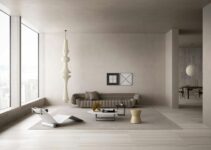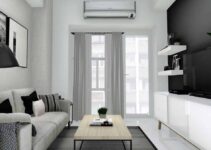How to Use Mirrors in Minimalist Interior Design: A Guide to Amplifying Space and Light In this auspicious occasion, we are delighted to delve into the intriguing topic related to How to Use Mirrors in Minimalist Interior Design: A Guide to Amplifying Space and Light. Let’s weave interesting information and offer fresh perspectives to the readers.
How to Use Mirrors in Minimalist Interior Design: A Guide to Amplifying Space and Light
Minimalist interior design is all about creating a sense of calm and clarity through clean lines, neutral colors, and a curated selection of furniture and decor. However, one element often overlooked in minimalist design is the power of mirrors. Used strategically, mirrors can become a powerful tool to enhance your minimalist space, amplifying both light and space while adding a touch of elegance and sophistication.
The Power of Reflection:
Mirrors, by their very nature, are masters of illusion. They create the sensation of depth and openness, making even the smallest rooms feel larger and airier. This illusion is particularly beneficial in minimalist design, where the focus is on maximizing functionality and creating a sense of spaciousness.
1. Maximizing Light:
Mirrors are excellent reflectors of natural light. Placing a mirror strategically opposite a window can dramatically increase the amount of light that enters a room, brightening the space and making it feel more inviting. This is especially valuable in rooms with limited natural light, such as hallways or bedrooms.
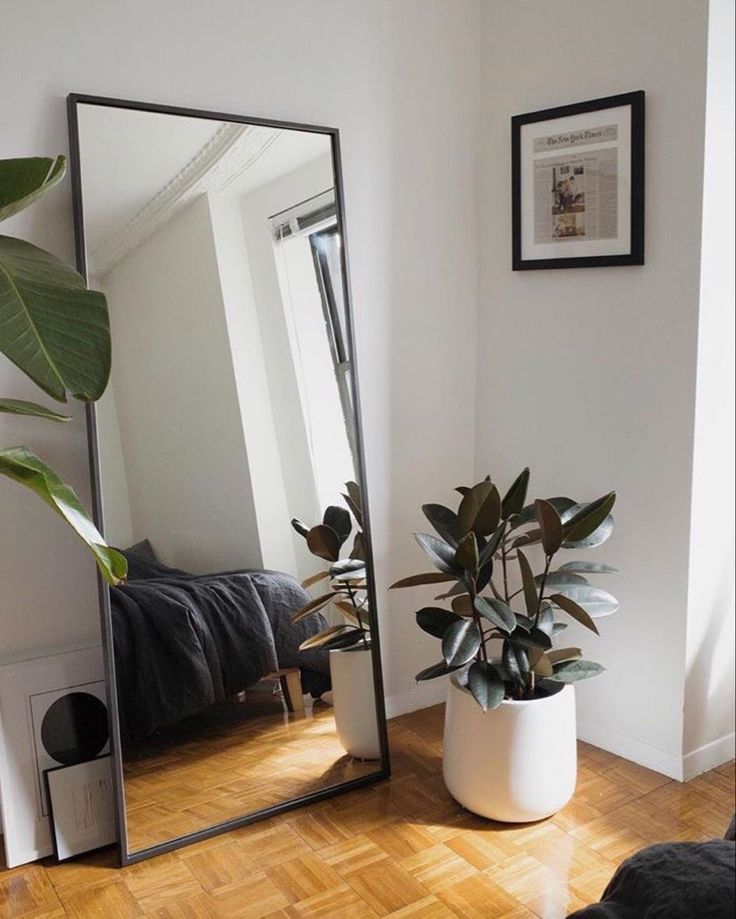
2. Expanding Space:
Mirrors can create the illusion of a larger space by reflecting the existing surroundings. This is particularly effective in smaller rooms, such as bathrooms or entryways. A large mirror placed on a wall can visually extend the space, making it feel more expansive and less cramped.
3. Enhancing Visual Interest:
Mirrors can add visual interest to a minimalist space without adding clutter. A simple mirror with a sleek frame can become a focal point, drawing the eye and adding a touch of elegance to the room. Consider using mirrors with unique shapes or textures to create a more dynamic visual experience.
4. Adding Depth and Dimension:
Mirrors can be used to create the illusion of depth and dimension in a room. Placing a mirror on a wall behind a piece of furniture can make the furniture appear to float, adding visual interest and breaking up the monotony of a plain wall.
5. Creating a Sense of Continuity:
Mirrors can be used to create a sense of continuity between different areas of a room. For example, placing a mirror between two rooms can visually connect the spaces, making them feel more unified.
Beyond Functionality: Choosing the Right Mirror:
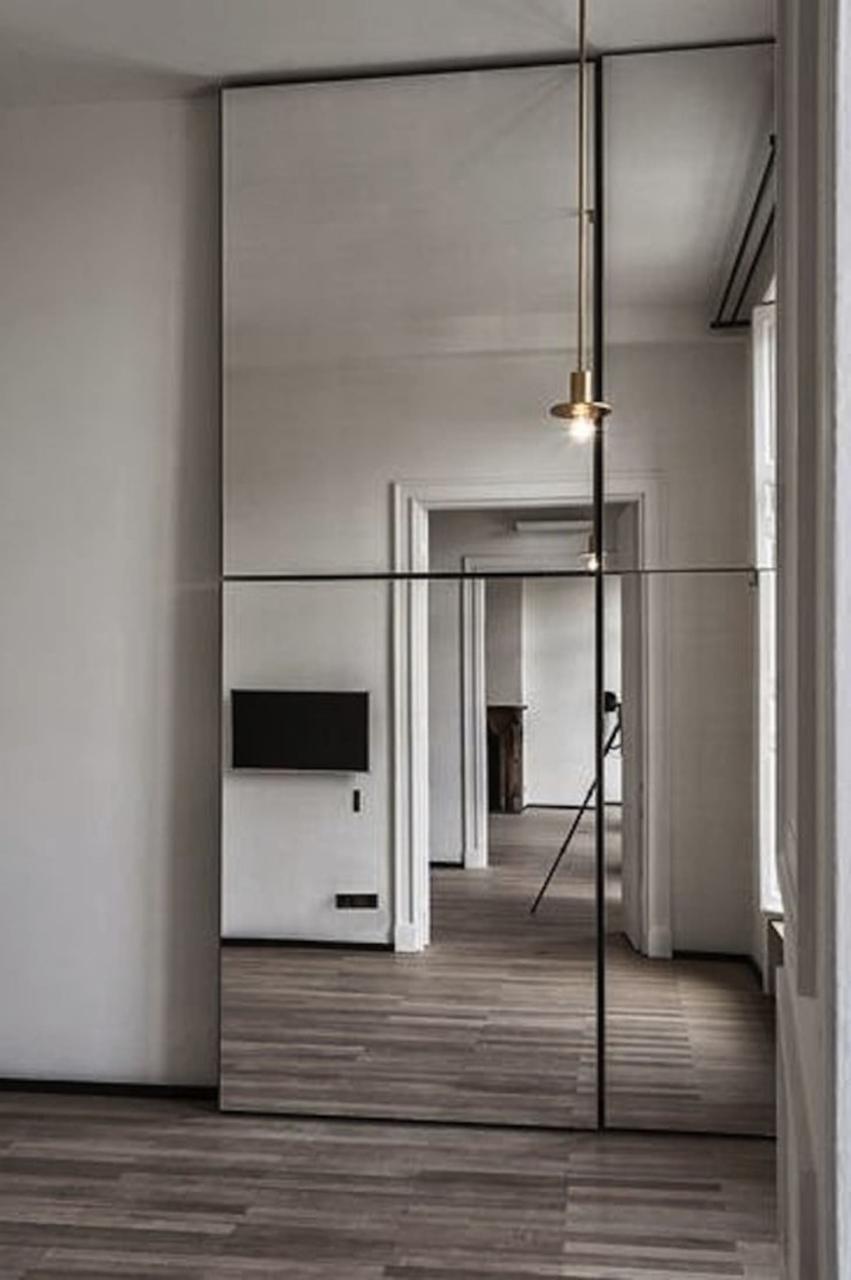
While the functional benefits of mirrors are undeniable, choosing the right mirror for your minimalist space is crucial to maintaining the overall aesthetic.
1. Simplicity is Key:
Choose mirrors with simple frames or no frames at all. Avoid ornate or elaborate designs that can overwhelm the minimalist aesthetic. Opt for clean lines and neutral colors that complement the overall design of your space.
2. Material Matters:
Consider the material of the mirror frame. Metal frames, particularly in brushed nickel or brass, can add a touch of sophistication to a minimalist space. Wood frames can also work well, but choose a simple design and a natural wood finish.
3. Size and Placement:
The size and placement of your mirror are essential. A large mirror can create a dramatic impact, while a smaller mirror can be used to add a subtle touch of elegance. Consider the scale of your room and the placement of other furniture when choosing the size and position of your mirror.
4. Reflection Considerations:
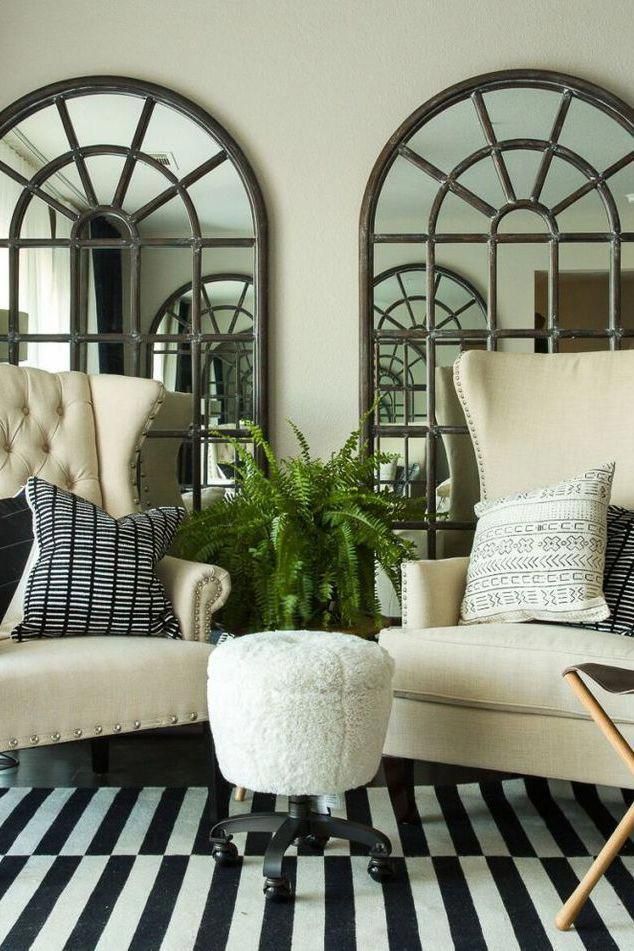
Think about what you want to be reflected in your mirror. Choose a location that showcases a beautiful view, a piece of artwork, or a well-designed element of your room. Avoid placing mirrors opposite cluttered areas or unsightly elements.
5. Experiment with Shapes:
While rectangular mirrors are the most common, don’t be afraid to experiment with different shapes. A round or oval mirror can add a touch of whimsy to a minimalist space, while a geometric mirror can create a more modern and edgy feel.
Practical Tips for Using Mirrors in Minimalist Design:
- Avoid Overdoing It: While mirrors can be powerful tools, don’t go overboard. Too many mirrors can make a space feel cluttered and overwhelming.
- Consider the Lighting: The way light reflects off a mirror can significantly impact the overall feel of a room. Make sure your mirrors are positioned to reflect light in a way that enhances the space, not detracts from it.
- Clean Regularly: Mirrors are prone to fingerprints and dust. Make sure to clean your mirrors regularly to maintain their sparkle and reflective quality.
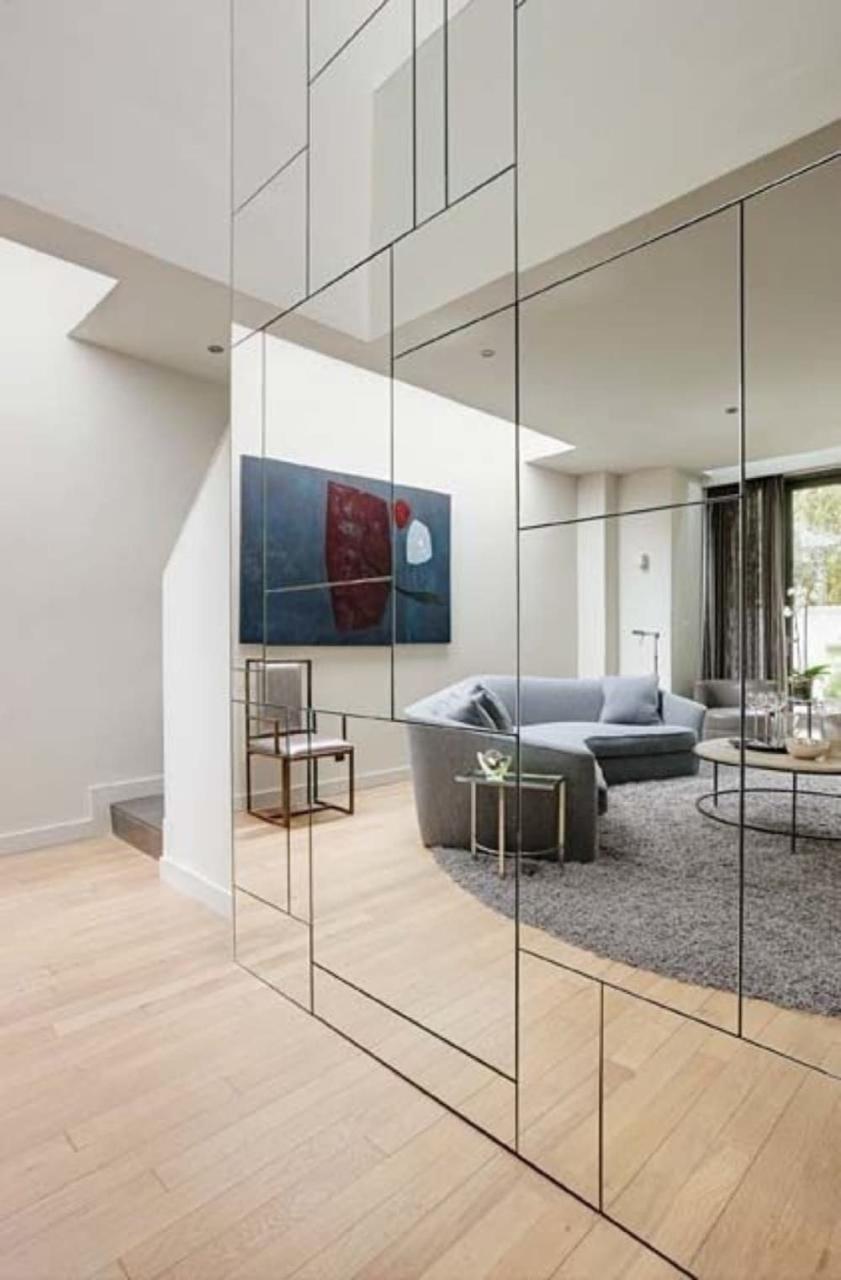
Examples of Mirror Use in Minimalist Spaces:
- Entryway: A large, framed mirror placed opposite the entryway door can visually expand the space and create a welcoming feel.
- Living Room: A simple, rectangular mirror placed above a sofa or fireplace can add a touch of elegance and reflect natural light.
- Bedroom: A round or oval mirror placed on a dresser can create a focal point and add a touch of whimsy to the space.
- Bathroom: A large, rectangular mirror placed over the sink can create the illusion of a larger space and enhance the functionality of the bathroom.
Conclusion:
Mirrors are a versatile and powerful tool for minimalist interior design. By strategically incorporating mirrors into your space, you can amplify light, expand space, enhance visual interest, and create a more calming and inviting atmosphere. Remember to choose mirrors with simple designs and neutral colors to maintain the minimalist aesthetic. With a little planning and creativity, mirrors can become a key element in transforming your minimalist space into a haven of light, clarity, and style.
Closure How to Use Mirrors in Minimalist Interior Design: A Guide to Amplifying Space and Light
Thus, we hope this article has provided valuable insights into How to Use Mirrors in Minimalist Interior Design: A Guide to Amplifying Space and Light. We thank you for taking the time to read this article. See you in our next article!
